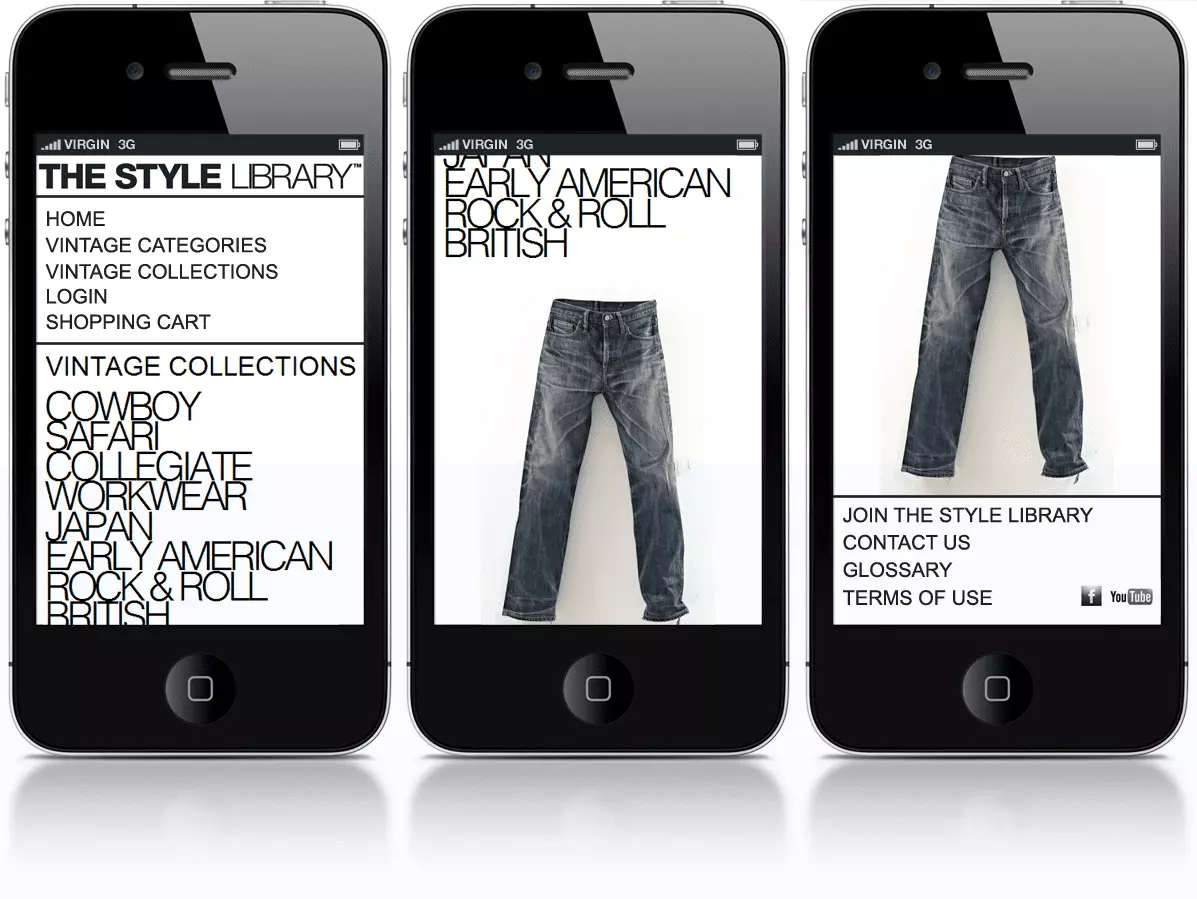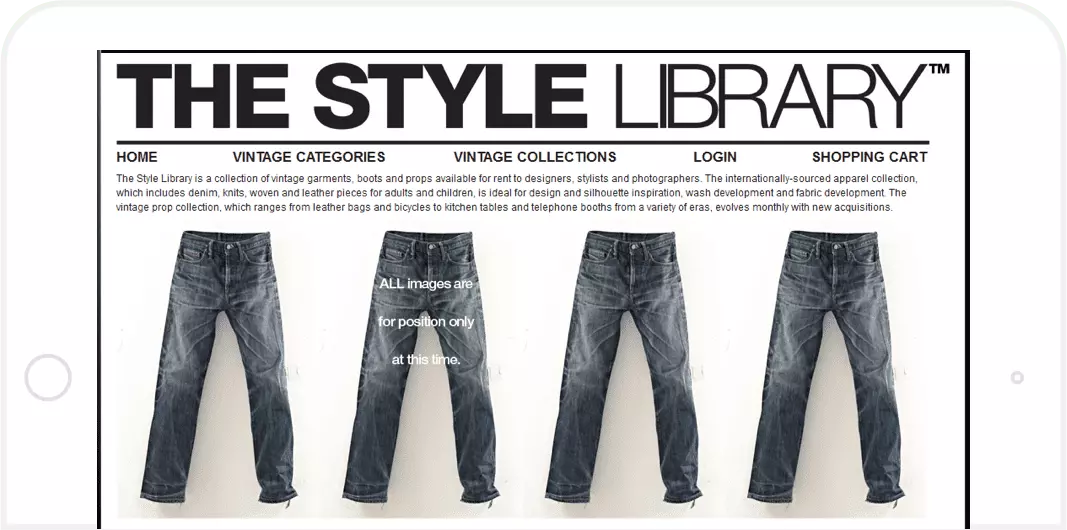

Client
Olah Inc.
Industry
Retail & eCommerce
Features
Rental-Workflow Magento
Customisation
Auto Reminders & Late Fee
Calculation
Responsive Theme
Implementation
Permission-based Access
Technology Stack
New York-based Olah, Inc. has been a major player in denim fashion and textile production for decades. A marketing and events consultancy today, they are perhaps best known for running the Kingpins Trade Show. This story, however, begins more than a half-century ago.
Olah had been producing denim textiles since 1959, and they ended up with a vast collection of vintage denim in their vaults. At one point, Director of Production Emily Olah and her colleagues realized they could rent these items to top designers around the world, spurring new designs inspired by yesterday’s genius.
To share their wide range of vintage denim and complementary accessories (like belts, twills, and t-shirts) with designers, they needed an online platform to showcase the products—one where designers could browse the collection and order what they liked.
“We had well over 1,500 well-curated pieces and counting,” said Emily Olah, Director of Production. “So we decided to rent the pieces out for inspiration. It made sense—a lot of designers have had cutbacks on their travel and for buying [pieces] for inspiration, and figuring out where to store them can be expensive and a hassle.”
Olah had the vision, and they decided to call their new platform “The Style Library.” The next step was to find a tech partner and that is when they reached out to Net Solutions.
[The Style Library] scales beautifully across phones, tablets, laptops and desktops and manages our customers’ sensitive financial information. We are very satisfied with the results.


The team at Olah had been working with a talented web designer on another project, and he put them in touch with Net Solutions. Since the designer had successfully worked with Net Solutions in the past, they came highly recommended. The Olah team trusted the designer, and they put their faith in this new partner on the opposite side of the world.
Net Solutions’ existing relationship with the designer proved itself to be a significant advantage. Since the designer was intimately familiar with the front-end development team’s style, he was able to structure his design files so they gelled with Net Solutions’ approach. The established relationship also enabled smooth, efficient communication.
Net Solutions built a Magento-based website, heavily customized for a variety of workflows. The team worked closely with their contacts at Olah to build a platform with the following features.
Strict User Roles: Since the Style Library was built for fashion designers, Olah wanted to ensure that only professional designers could access, review, and rent the collection’s contents. As such, the Magento site:
Shipping and Payment Integration: Net Solutions integrated PayPal as the payment gateway, and they integrated FedEx Shipping to help members track their packages.
Rental Tracking & Reminders: A Magento extension allowed the site to track rental durations and send periodic reminders and follow-ups if any of the rentals were overdue. Depending on the return date, the site also calculated a late fee when applicable. If a late fee applied, the system automatically sent an additional invoice.
Product Availability Updates: Net Solutions designed the system to easily update product availability once a user returned a product.
Categories & Collections: The site allowed administrators to assign products to specific categories and collections, allowing users to browse accordingly. Admins could also create new categories and collections any time they liked, and they could assign a single product to multiple categories or collections when appropriate.
Multi-tiered Permissions: To help manage site content and memberships, Net Solutions implemented a multi-tier permission system. This allowed admins to create special-purpose accounts with limited capabilities, such as managing products or membership applications.

After Olah launched the Style Library, it received numerous positive reviews from within the fashion media praising the wide range of vintage styles now accessible to designers.
Since much of Olah’s target audience used cell phones and tablets to access the website, they decided the next natural progression would be to optimize the website for mobile devices. That way designers could access it on the go.
Net Solutions worked with the web designer to fine-tune the mobile experience, and they modified the website theme to make it fully responsive. In other words, depending on the size of the screen, the site changed its layout to whatever worked best—greatly improving the user experience.
Olah serves many roles and wears many hats. From textile manufacturing to consulting to event management, they are impossible to pigeonhole. And in fact, it is that very quality that allows them to offer something unique to the world of fashion.
The Style Library did more than produce revenue and put their inventory of vintage products to good use. It offered the design community a glimpse into its past, a tangible way to experience the creativity of bygone eras, and a launch point for future innovations.
Olah envisioned the concept, and Net Solutions made it possible.
